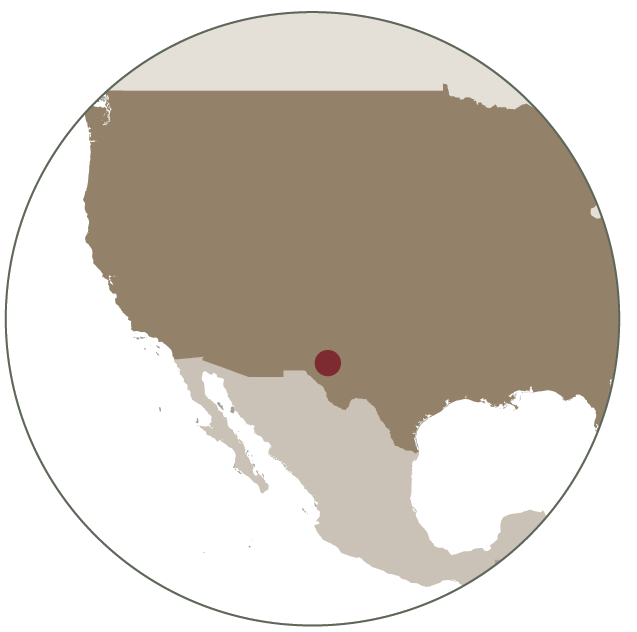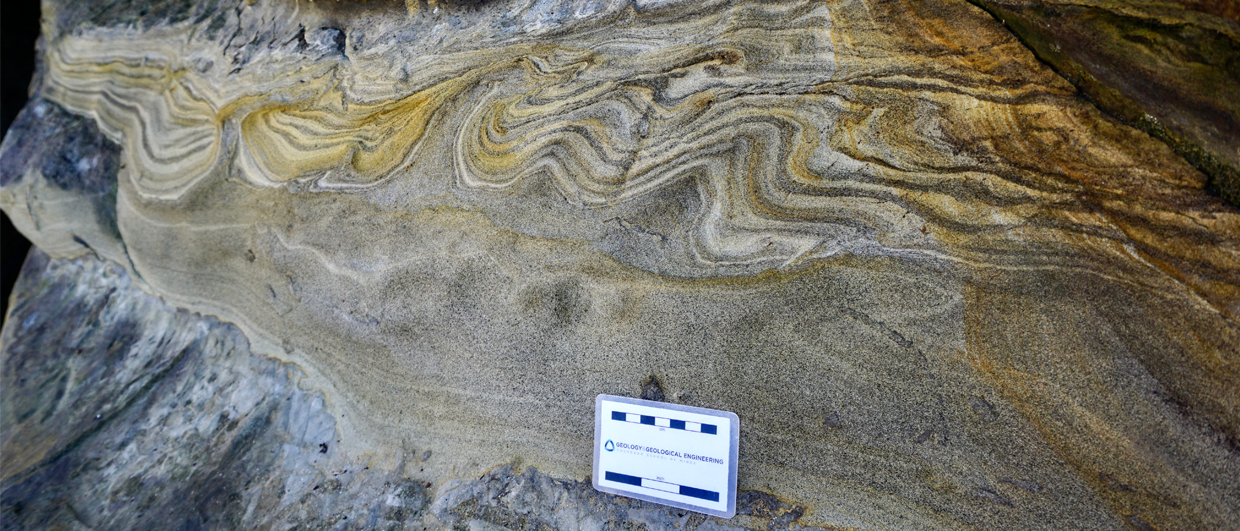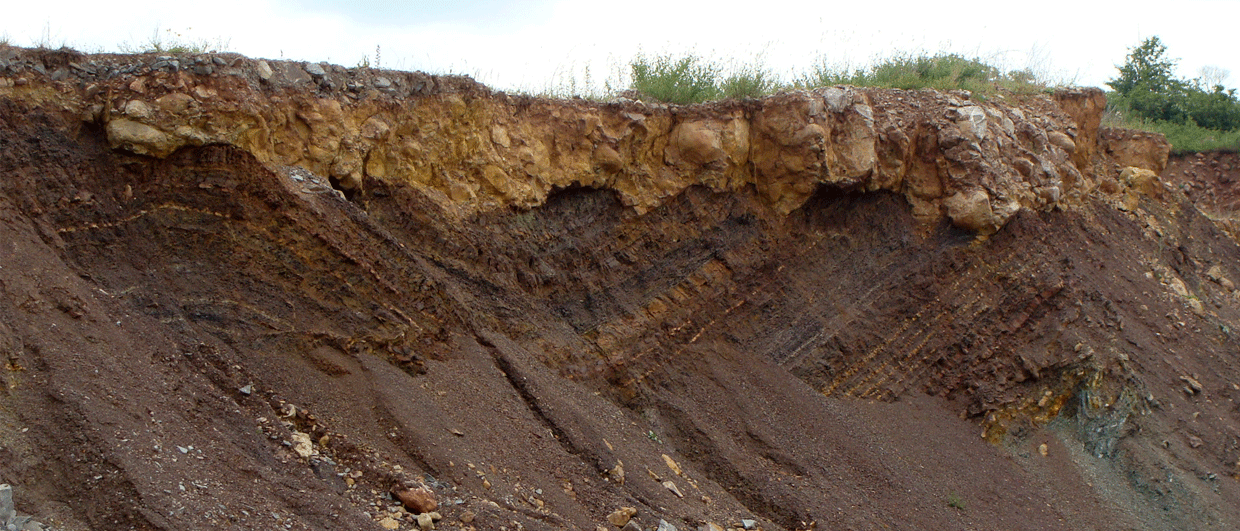 At the recent IMAGE Conference in Houston, somebody told me that the Permian Basin in Texas is not only famous for its hydrocarbon resources, but also because the uplifted areas surrounding it often allow detailed study of what is deeply buried a few miles further down the road. This photo from Guadalupe National Park shows an example of an outcrop that illustrates this beautifully. Here we see a small but neat section of the Capitan Formation, which is interpreted as an interval of lower slope calciturbidites shed off the rimmed carbonate platform that formed the shallow-marine margin of the basin in Permian times. The photo also shows that not every turbidite event resulted in a similar depositional sequence: Some are fine-grained throughout, such as the grey bed at the top of the photo, while others include a coarser fraction at their base, such as silicified sponge clasts mixed with shells.
At the recent IMAGE Conference in Houston, somebody told me that the Permian Basin in Texas is not only famous for its hydrocarbon resources, but also because the uplifted areas surrounding it often allow detailed study of what is deeply buried a few miles further down the road. This photo from Guadalupe National Park shows an example of an outcrop that illustrates this beautifully. Here we see a small but neat section of the Capitan Formation, which is interpreted as an interval of lower slope calciturbidites shed off the rimmed carbonate platform that formed the shallow-marine margin of the basin in Permian times. The photo also shows that not every turbidite event resulted in a similar depositional sequence: Some are fine-grained throughout, such as the grey bed at the top of the photo, while others include a coarser fraction at their base, such as silicified sponge clasts mixed with shells.
Photo: Ali Jaffri.





